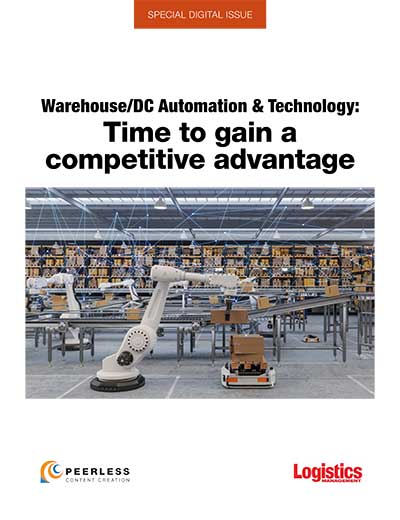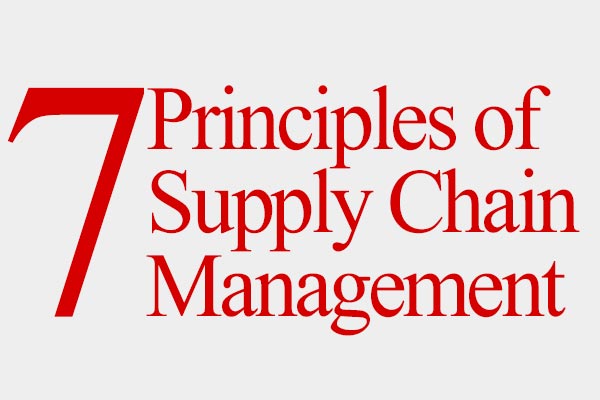Balanced innovation among U.S. manufacturers is key to growth
Manufacturing executives stressed the importance of product, business model and process – the three categories behind a balanced approach to innovation – in the 2015 Grant Thornton Innovation in U.S. Manufacturing Survey.
Based on answers from 381 respondents collected in July and August 2015 from the C-suite and senior executives in the U.S. manufacturing sector, the survey suggested that innovation is the key to long-term success, but just how to innovate might be the biggest question. As a result, it’s not an either-or but a holistic approach that could foster more growth.
“Innovation is a lot broader than before, encompassing what you manufacture as well as how you make it and how you take it to market,” said Jeff French, Manufacturing practice leader at Grant Thornton. I found it interesting that 98% of respondents expect that technology is going to disrupt their business. That might not be unexpected, but for manufacturers to say that it will disrupt their current business model, that’s a big deal.”
Confidence around the ability to innovate among U.S. manufacturers is healthy, with the survey revealing that 43 percent of respondents rank their innovation capability as above average. When asked how important product, business model and process innovation was to grow their business, no one strategy stood alone. More than three quarters of U.S. manufacturers surveyed (84 percent) believe that product innovation is important, 82 percent believe that process innovation is a key to growing their business and 79 percent selected business model innovation as being important. Survey data also revealed that 20 percent increased the offer of customized or niche products, while another 20 percent increased collaboration with suppliers and customers to create new or improved products.
“We have one client whose competitor is also supplier, and we’re seeing a lot of those types of relationships,” French says. “The competitor is good at basic models, and our client makes more expensive premium products. Dealers wanted a full product offering, so they partnered up. You wouldn’t traditionally think of that happening, but more companies are looking at those sorts of partnerships in order to remain competitive.”
While a quarter of respondents (25 percent) say their company has already made a major change to its business model, 41 percent expect to make such changes over the next three years. The top drivers of business model change in the next three years include changes in customer needs (28 percent), changes in supplier or partner capabilities (18 percent) and emergence of new technology (17 percent). Mid-market manufacturers in particular are bullish about business model innovation. Almost one-half (46 percent) of respondents say their business model will be completely revised or significantly changed in the next three years, compared to just 29 percent of large companies.
“There is a David and Goliath dynamic,” French said. “The barriers to entry have come down in recent years, and smaller companies can more easily brand a product these days. But the old dynamics still come into play. Large companies have human and financial capital to pursue new opportunities, but the problem is that there are so many opportunities they don’t always focus or know whether they are pursuing the right thing. Smaller companies take bigger risks but focus on one area, and are not handcuffed by the fact that they already have a cash cow product or a product spectrum they have to support.”
Business model innovation can also create significant delivery challenges. New key performance indicators will need to be designed that reflect the transition from a product focus to a service focus. The survey suggested current processes will need to be re-engineered to enable new services. This sentiment is shared across both large and midsized companies. Among larger manufacturers, 87 percent are focused on process innovation, while 79 percent of midsized U.S. manufacturers are focused on process improvement.
Click here for an interactive infographic of the survey’s findings.













